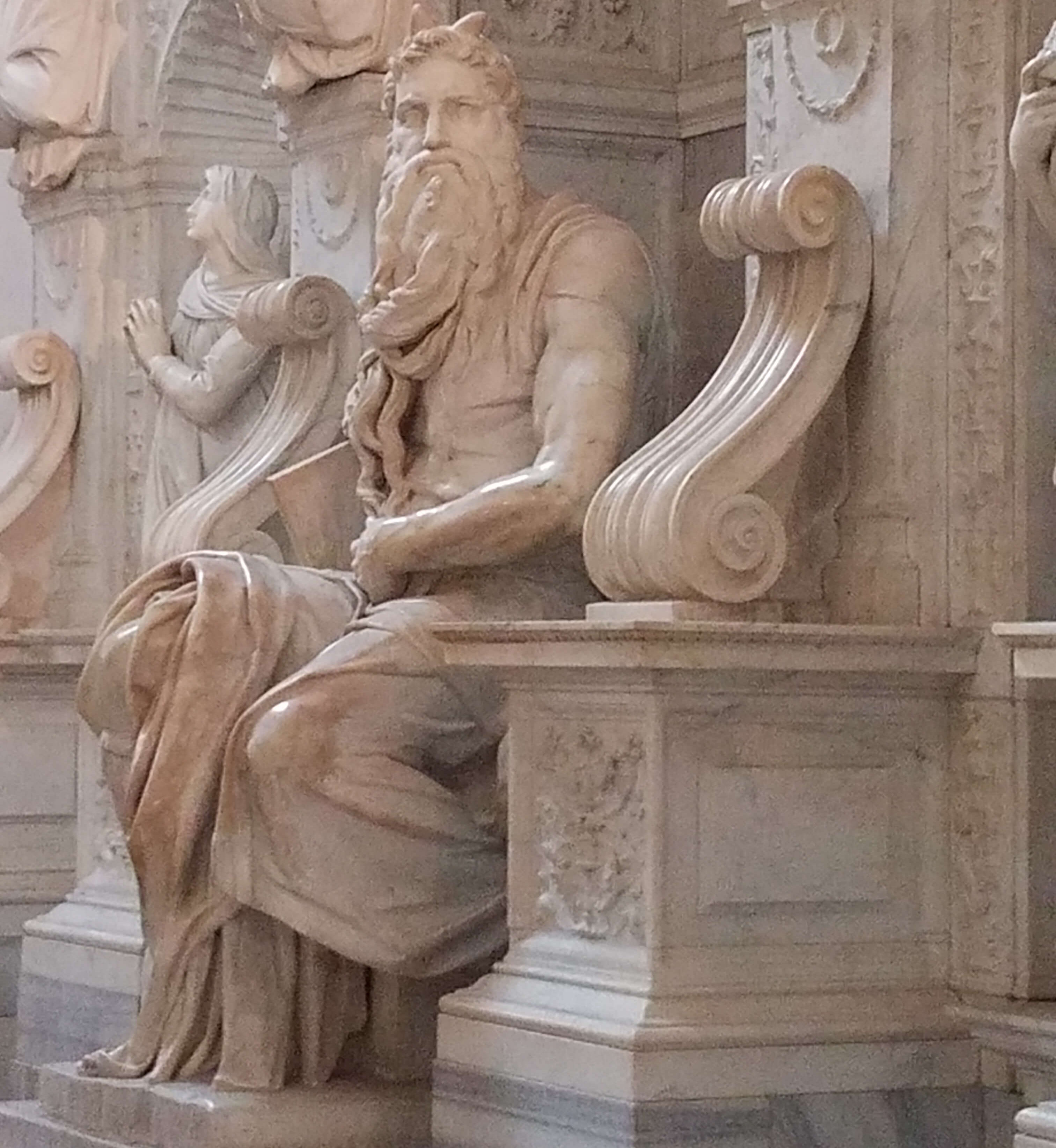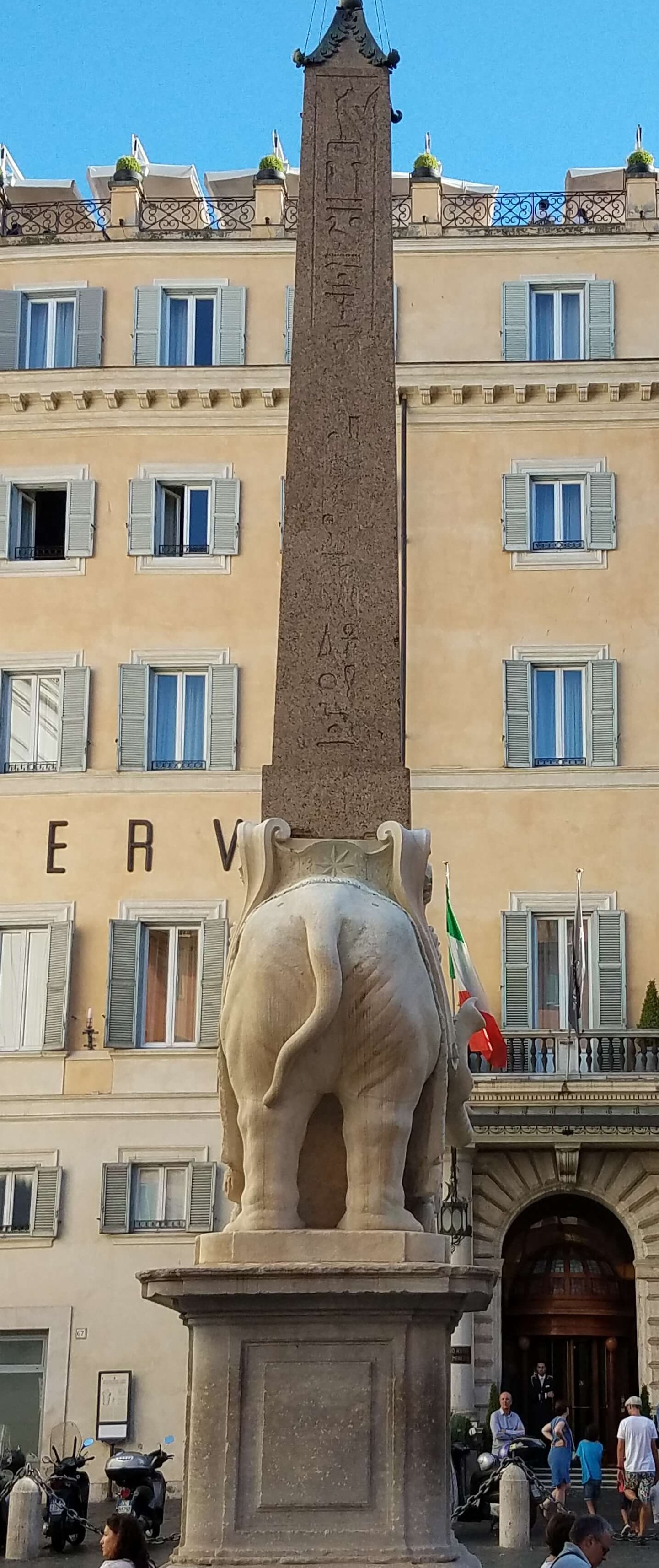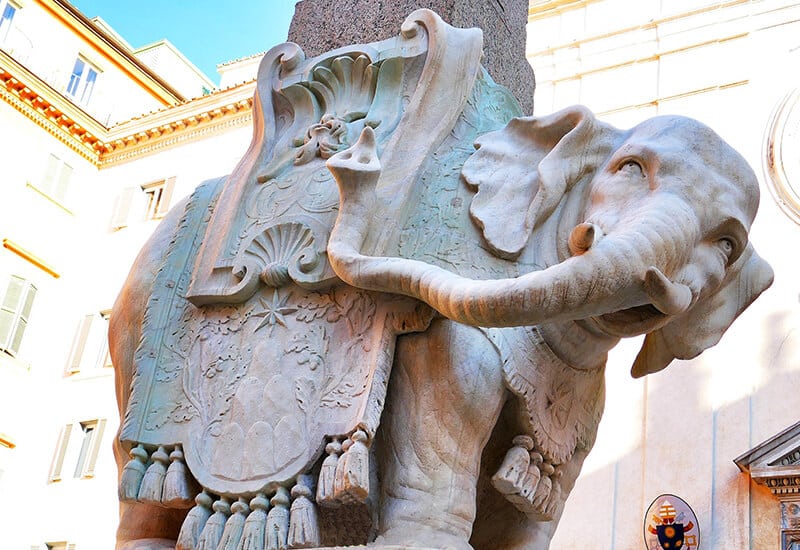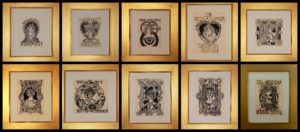- The Meaning of Critical Thinking: A Key Skill for Navigating Today’s Information Landscape - November 3, 2025
- Grandparents Can Develop Activist Grandchildren - September 29, 2025
- Top Six Reasons Credit Union Benefits Are a Smart Choice Over Banks - August 18, 2025
Last Updated on October 23, 2024
In previous posts, I featured the Talking Statues of Rome and the Talking Statues of Venice. In early Italy, people used the talking statutes as a way to get out messages against civic and church authorities. Because free speech was not a right, Romans and Venetians used the statues to talk for them. Not surprisingly, the messages made many officials angry.
In this post, I feature Bernini’s exercise of artistic free speech to send a message to a prominent priest.
Gian Lorenzo Bernini was one of Italy’s most gifted architects and sculptors. He is famous for Apollo and Daphne, Ecstasy of Saint Teresa, and The Rape of Proserpina. And his Fountain of the Four Rivers is iconic. As was true for most artists during that time, Bernini created much of his work for the church. However, there wasn’t much free speech in the holy world.
Bernini’s Commission

Pope Alexander VII commissioned a statue to hold an ancient Egyptian obelisk. The obelisk was unearthed at a Dominican Monastery in 1665.
Father Domenico Paglia, a Dominican Priest, was one of Bernini’s rivals for this commission. To flatter the Pope, Paglia submitted a proposal that honored the Pope’s family.
But Bernini chose a different focus. His proposal featured a playful elephant carrying the obelisk, probably based on a popular book.
The Pope rejected Paglia’s design. Instead, he chose Bernini’s elephant, who symbolized knowledge. The inscription on the base refers to “…a strong mind is needed to support a solid knowledge.”
The Pope wished to place the statue in the piazza in front of the Santa Maria Sopra Minerva church.
Father Paglia Uses Free Speech To Be an Art Critic
Father Paglia intervened and complained about Bernini getting the commission. There are two legends about this interaction. One says he complained that the proportions of the elephant were wrong. For example, the elephant could not support an obelisk and so needed a cube underneath his body.
The second legend is that Father Paglia did not want the elephant’s private parts showing, especially in front of a church. This is my favorite legend.
In response, Bernini added a saddlecloth to his creation. This was either to hide the cube or the private parts or both. But here is where he takes his revenge on Father Paglia.
[Like what you’ve read? Follow the blog so you don’t miss any content.]
Bernini’s Revenge

After adding the saddlecloth Bernini made two more changes to allow the statue to exercise free speech.
He reoriented the statue so its rear was pointing directly at Father Paglia’s office in the monastery.
He also changed the tail from hanging down in a relaxed manner to raised to the left, with a posture of imminent defecation.
If Father Paglia looked out his office window, this is what he saw.
Free speech, through art!
READ NEXT
Browse more examples of artistic activism.
How to Get Started in Activism




Free speech. Interesting story. Art. Bernini.
Pingback: How to Use Artistic Activism to Change the World
Pingback: At the Intersection of Free Speech and Art: The Talking Statues of Venice
Pingback: At the Intersection of Free Speech and Art: The Talking Statues of Rome